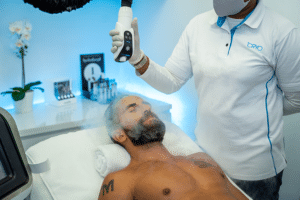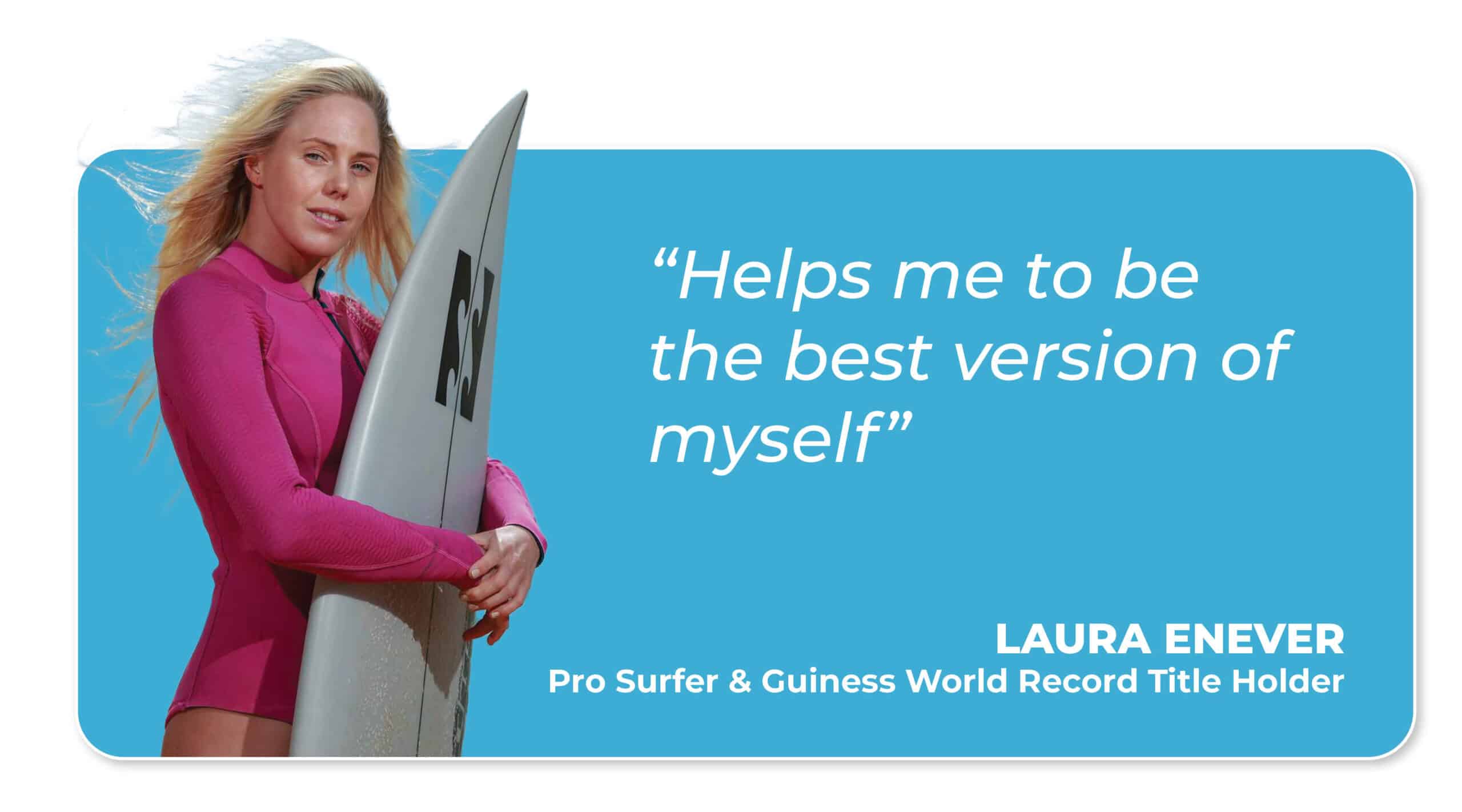Countless men and women battle to firm and tone their problem areas, such as their lower backs, stomach, butt, arms, and thighs. If you’re doing all the right things but still struggling, you can blame genetics or the fact you’re human (a permanent, incurable condition).
Problem spots are inevitable! Extra fat cells and cellulite have likely always been a part of your life, but we now have the technology to allow you to make a long-term change: °CRYO Slim.
So what is °CRYO Slim?
°CRYO Slim works on the concept of contrast cryolipolysis which is a new way of freezing excess fat. It helps reduce extra fat tissue, resistance to diet, and exercise. Contrast cryolipolysis applies intervals of heat and cooling to targeted areas of body fat allowing more efficient performance for fat loss than traditional cryolipolysis.
How does it work?
Step 1: Target fatty cells
Target fatty cells located either in the belly, arms, chest, and thighs with cold. Fat cells are weakened by the cold.
Step 2: Heat up target area
Warming up the skin influences vasodilation and increases blood flow after the cooling phase.
Step 3: Crystalise fat cells
Inflammation triggers a mechanism of progressive and continuous fat cell destruction.
Step 4: Discharge fat cells
Unnecessary cells are expelled from the body in natural processes. This takes about 2-4 weeks from the treatment.
Step 5: Reduction in fat
Contrast cryolipolysis leads to a reduction of fat volume in the treated area.
Step 6: Repeat every 14 days
Treatments will last between 60 minutes to 120 minutes. For visible and long-lasting results it is recommended to perform 4-6 sessions per selected area.
Important: While doing °CRYO Slim sessions you must continue to eat healthily and exercise regularly to stop the remaining fat cells from expanding.






































